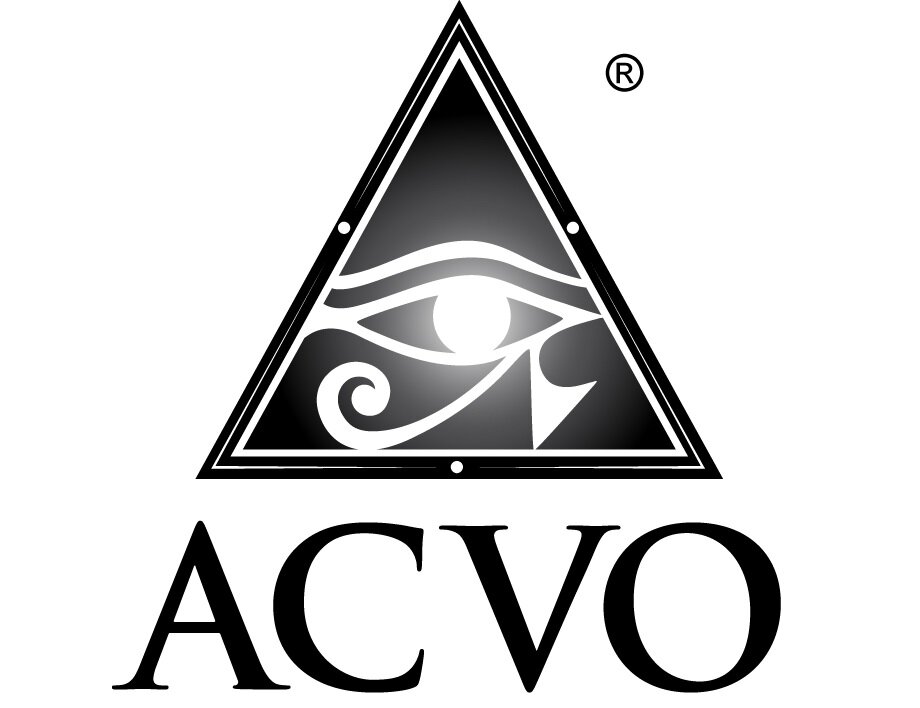Oxidative Stress and the Eye Part 1: What is Oxidative Stress?
Oxidative Stress and the Eye
Part 1: What is Oxidative Stress?
*The authors of this article are both founding members of Animal HealthQuest LLC, which is a research and development company dedicated to creating research-driven vision health supplements for companion animals. The authors are also consultants for Animal Necessity LLC, which is a research and development company providing supplements for companion, zoo, and aquatic animals.
Carmen Colitz DVM PhD DACVO
Terri McCalla DVM MS DACVO
We see with our brains; eyes are simply the collectors of light, "packaging" and sending it to the brain, where the light signals are decoded and turned into vision. However, while light is essential for vision, it can also act as a dark force to destroy vision because of the toxic nature of light. The eye exists in a risky state; flooded with light from the sun, it is bombarded by light that creates enormous oxidative stress which in turn generates a toxic soup of free radicals. These are unstable, highly reactive oxygen and nitrogen molecules that can attack all of the cells in the body. While genetic factors can predominate in the destruction of vision, the additive damage caused by sunlight is significant.
What is oxidative stress? Oxygen is necessary for life. Our bodies constantly react with oxygen as we breathe and our cells produce energy, resulting in the production of free radicals such as Reactive Oxygen Species (ROS) and Reactive Nitrogen Species (RNS). Free radicals are "live wires" and interact with other molecules inside cells, harming cells if the interactions are uncontrolled. Oxidative stress occurs during normal respiration, digestion, and metabolism, and is necessary for living cells to survive. It also drives critical signaling pathways that create normal tissues, heal wounds, and allow adaptation to stress and disease. There is no way to avoid oxidative stress because it is a normal process occurring during routine living and aging, from exposure to UV (ultraviolet) light, and from normal cellular metabolism.
In healthy tissues, the body balances the normal oxidative stress of daily living by using antioxidants (such as grapeseed extract and omega 3 fatty acids) to control and balance free radicals. Damage and disease occur when this balance is lost. The formation of unbalanced free radicals from oxidative stress can set off a chain reaction that damages DNA or cell membranes, often causing cell death. Many antioxidants, such as vitamin C and green tea extract, are well-proven to provide protection against oxidative stress.
Healthy normal cells have their own innate ways to fight unbalanced oxidative stress and free radicals; that is, through naturally occurring antioxidants inside the cells. When cells are overwhelmed by too much oxidative stress (for example, chronic disease states such as cancer, diabetes, and cataracts), then the normal stores of these antioxidants become depleted and the cells become less efficient and can die. Diseases of the eye also cause oxidative stress--- e.g. dry eye, cataracts, uveitis (intraocular inflammation), glaucoma (increased pressure inside the eye), and retinal degenerative diseases in dogs such as PRA (Progressive Retinal Atrophy).
Another huge factor in unbalanced oxidative stress is normal aging. In humans, middle age (40 years or so) brings on the depletion of normal antioxidants in the body. The equivalent of middle age in humans is approximately five years in the average sized dog (30 to 40 lbs); younger in large breeds and slightly older in small breeds.
The aging process reduces absorption of dietary nutrients. For optimal support of eye health, this means that we either must radically improve our geriatric pets’ diets (and possibly our own diets!), or implement supplementation with antioxidants and vitamins specifically targeted to support ocular health. Dogs do not consume large amounts of fruits and vegetables in their natural diets. This was not a problem before dogs became domesticated; the small herbivores that ancestral dogs would hunt and eat consumed diets rich in antioxidants. Therefore, dogs would indirectly ingest their required nutrients in fruits and vegetables.
Numerous studies in humans and in animals have shown that specific antioxidants can slow the progression of certain eye diseases. The most commonly evaluated diseases include retinal degeneration and cataracts, such as Age-Related Macular Degeneration in humans, and diabetic cataracts in dogs. However, other diseases impacted by oxidative stress that could benefit from specific antioxidant support include PRA and senile retinal degeneration in geriatric dogs (reduced vision in dim light), dry eye (keratoconjunctivitis sicca), glaucoma, uveitis (intraocular inflammation that can occur as a primary disease, occur secondary to other inflammatory processes such as trauma, and occur following cataract or other intraocular surgery.
The eye has evolved to detect and process light without being destroyed by light, and thus demands exquisitely orchestrated and balanced oxidative stress. This demand can be met by several strategies, which will be presented in Part II of this discussion.

